“Manatees are found in many of the saltwater habitats in Florida. The coastline of the state is home to many seagrass beds and manatees are often seen grazing in these areas. Manatees can be found in estuaries, bays, and around islands where the water is shallow and filled with seagrass.”
Manatees, also known as sea cows, are a species of marine mammals found in saltwater and freshwater habitats. They are most commonly found in shallow, coastal areas near seagrass beds. While they may venture into deeper waters for short periods of time, they typically remain in shallow waters to feed. They are large animals, typically reaching sizes between eight and thirteen feet long and weighing around 1,000 pounds. Manatees are gentle, slow-moving creatures that are a beloved species to many people. They have an affinity for warm water, as their large bodies require it to maintain their body temperature. In this blog, we will explore the habitats of manatees, their unique adaptations, and the best ways to view these majestic creatures.
Manatees are found in many of the saltwater habitats in Florida. The coastline of the state is home to many seagrass beds and manatees are often seen grazing in these areas. Manatees can be found in estuaries, bays, and around islands where the water is shallow and filled with seagrass. Manatees in Florida typically migrate between saltwater habitats and freshwater habitats during the warmer months, searching for adequate food and water. They are unable to drink saltwater, so they must find freshwater sources to drink every 1-2 weeks. Due to this need, manatees are constantly on the move as they search for the perfect combination of food and water.
Manatees are found in numerous freshwater habitats in Florida due to their need to drink freshwater. They are commonly seen in freshwater springs, rivers, and lakes around Florida. Manatees in freshwater habitats feed on aquatic plants, such as water lilies, duckweed, and hydrilla. Manatees typically eat between 10-15% of their body weight in vegetation each day. This equates to approximately 150-200 pounds of vegetation per day for an adult manatee. Due to limited food sources in Florida’s freshwater sources, manatees must also utilize saltwater habitats to maintain their healthy weight.
Manatees have many physical traits that help them survive in saltwater and freshwater habitats. They have powerful flippers that help them navigate through the water and a tail that propels them through the water with ease. They typically cruise at 2-3 mph, but can reach bursts of speed closer to 15 mph. Manatees also have sensitive hairs called vibrissae on their face and body that help them detect food in the murky waters of their habitat. They have over 2000 of these hairs on their face alone.
Manatees have behavioral traits that help them survive in both saltwater and freshwater habitats. They tend to be solitary animals allowing them access to large amounts of seagrass that they do not have to share with other manatees like animals that travel in large groups would have to. Manatee calves are taught migratory routes by their mothers. They show their calves where freshwater sources for drinking are and where both freshwater and saltwater food sources can be found during their first 1-2 years of life before being sent off on their own. Additionally, manatees have adapted to the changing tides and currents in their environment, often resting and feeding in areas of low current during the slack tide and traveling with the current during a changing tide.
Manatees can live in saltwater and freshwater habitats. They have several physical and behavioral traits that help them survive in these different environments. They have a complex migration route between habitats to find food and drinking water. Manatees can be spotted at various points throughout a manatees migration route. The most common and beautiful places to spot them are at Florida’s freshwater springs, where manatees go to drink as well as seek refuge from the chilly winter temperatures. To protect these gentle creatures, it is important to follow all regulations when observing manatees in the wild.
A terrific way to safely observe manatees in the wild is by taking a manatee tour with a reputable operator. The manatee tour capital of the world, Crystal River, FL, is a perfect place to start! There are several tour companies that offer guided manatee tours in Crystal River, such as River Ventures. Manatees tours involve either a pontoon boat tour, kayaking, or swimming. The possibilities are endless, so choose your favorite activity, get out there and fall in love with these incredibly unique marine animals!



